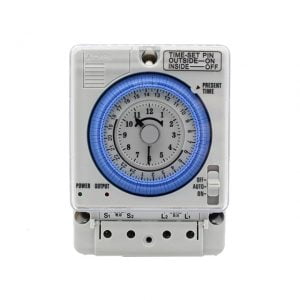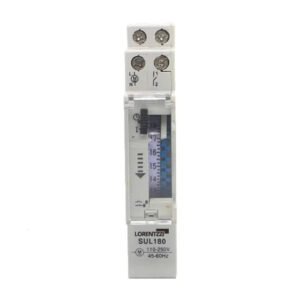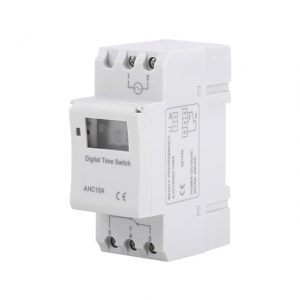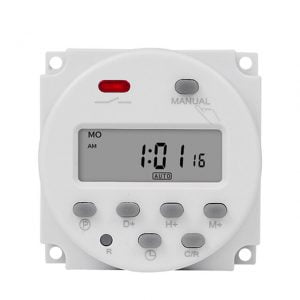Não é segredo que nosso planeta está ficando cada vez mais quente. A causa do aquecimento climático está no uso extensivo de combustíveis fósseis. É urgente reduzir o uso de energia fóssil agora. Além de reduzir o uso de combustíveis fósseis, o que podemos fazer agora mesmo é economizar energia. A coisa mais fácil que podemos fazer agora é economizar energia reduzindo o uso doméstico de eletricidade, como usar lâmpadas econômicas, desligar as luzes na hora certa, configurar o modo de economia de energia, usar temporizadores etc. Os gêiseres são um fator frequentemente negligenciado, mas importante, nas altas contas de eletricidade. Neste artigo, veremos como a simples adição de um temporizador de gêiser à sua casa pode fazer uma enorme diferença no controle do uso de eletricidade, não apenas reduzindo as contas de energia, mas também causando um impacto positivo no meio ambiente.
I. Entendendo o consumo de eletricidade:
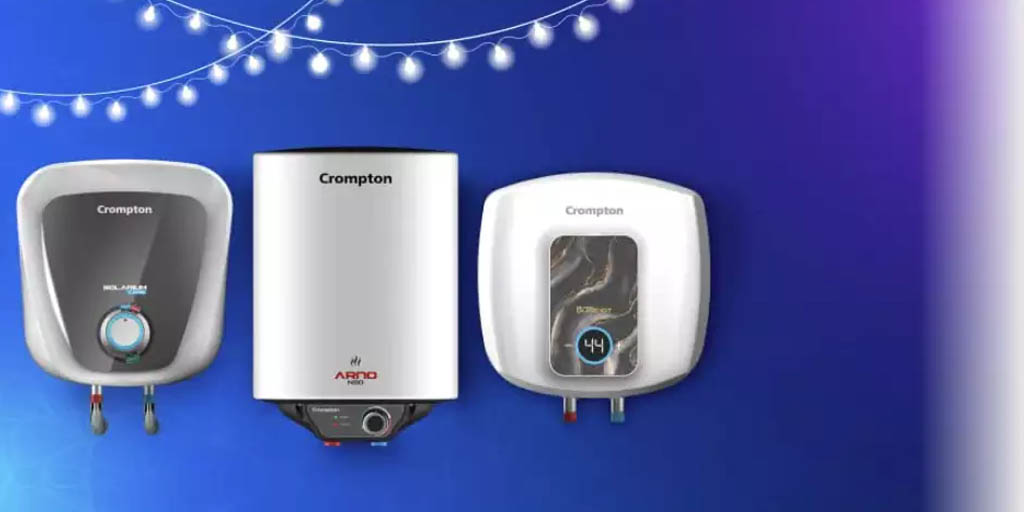
As necessidades de energia de uma residência são uma questão multifacetada, e os gêiseres desempenham um papel fundamental no consumo geral de energia. Os gêiseres, também conhecidos como aquecedores de água, são frequentemente usados para aquecer água e podem ser responsáveis por uma grande parte de sua conta mensal de eletricidade, de acordo com uma pesquisa, o uso de energia para resfriamento e aquecimento é responsável por aproximadamente 47% do uso geral de eletricidade - Fonte: https://greenlogic.com/blog/the-top-5-biggest-users-of-electricity-in-your-home. Portanto, a redução do consumo de energia dos gêiseres está se tornando cada vez mais importante. Não apenas para economizar nossa própria eletricidade, mas também para reduzir as emissões de carbono e fazer nossos próprios esforços para evitar o aquecimento do nosso planeta. Agora vem a pergunta: o que devemos fazer? Vamos continuar!
II. O que é um temporizador de gêiser?
O temporizador do gêiser é um componente vital em um sistema de gerenciamento do uso de aquecimento. Mas o que ele é exatamente? Um temporizador de gêiser é um dispositivo projetado para regular o tempo de operação de um gêiser, permitindo que ele seja ligado e desligado de acordo com a sua programação. Esses temporizadores existem em vários tipos, desde modelos analógicos manuais básicos (mecânicos) até modelos digitais programáveis mais avançados. Independentemente do tipo, sua principal função é controlar quando o gêiser aquece a água, garantindo que ele funcione somente quando necessário.
III. Benefícios do uso de um temporizador de gêiser:
Há muitos benefícios em decidir instalar um temporizador de gêiser em sua casa. A seguir, explicarei o assunto principalmente sob dois aspectos:
- Uma das vantagens mais significativas é a redução no consumo de energiao que resulta em uma economia notável em suas contas de eletricidade. Pesquisas mostram que os gêiseres que são configurados para aquecer a água uma vez por dia durante duas horas cortam mais de 60% de suas despesas com gêiseres (fonte: https://www.drainmen.co.za/geyser-timers-facts-to-consider-in-2022/#:~:text=Statistics%20show%20that%20geysers%20that,preferred%20choice%20among%20bigger%20families.).
- Ao limitar o funcionamento do gêiser a horários específicos, você não apenas reduz o uso desnecessário de energia, mas também aumentar a vida útil do gêiser e dos componentes relacionados. Isso se traduz em menos custos de manutenção e em um impacto ambiental reduzido.
Fique ligado na próxima edição, pois vamos nos aprofundar no processo de instalação, na programação dos temporizadores dos gêiseres para obter a máxima eficiência e em outras dicas para manter os gêiseres com eficiência energética. Pronto para começar a economizar energia e dinheiro? Vamos mergulhar de cabeça!
IV. Como instalar um temporizador de gêiser:
Agora que você entende os benefícios de um temporizador de gêiser, vamos examinar o processo de instalação. A instalação de um temporizador de gêiser é uma tarefa relativamente simples que não requer habilidades técnicas avançadas. Aqui está um guia passo a passo para ajudá-lo a começar:
Etapa 1: Reunir as ferramentas e os materiais necessários
Antes de começar, verifique se você tem em mãos as ferramentas e os materiais necessários. Esses materiais geralmente incluem chaves de fenda, alicates, decapadores de fios e o próprio temporizador do gêiser ou trilho DIN, se necessário. Verifique as instruções do fabricante para saber se há ferramentas específicas recomendadas para o seu modelo específico de timer.
Etapa 2: Desligue a energia
Segurança em primeiro lugar! Antes de iniciar o processo de instalação, desligue a fonte de alimentação do gêiser. Isso geralmente pode ser feito no disjuntor. Verifique novamente se não há eletricidade fluindo para o gêiser antes de continuar.
Etapa 3: Acesse o painel de controle do Geyser
Localize o painel de controle do seu gêiser. É aqui que você conectará o temporizador do gêiser. O painel de controle normalmente se encontra na parte frontal do gêiser, e talvez seja necessário remover uma tampa para acessá-lo.
Etapa 4: Conecte o temporizador do gêiser
Siga as instruções do fabricante para conectar o temporizador do gêiser ao painel de controle. Isso geralmente envolve a conexão de fios a terminais específicos. Use os conectores apropriados e garanta uma conexão segura.
Etapa 5: Montar o temporizador do gêiser
Monte o temporizador do gêiser em um local conveniente. Pode ser na parede próxima ao gêiser ou no próprio gêiser, dependendo do modelo. Certifique-se de que ele seja facilmente acessível para a programação.
Etapa 6: Ligar e testar
Ligue novamente a energia e teste o temporizador do gêiser para garantir que esteja funcionando corretamente. Siga as instruções para definir as configurações iniciais do timer.
V. Como configurar um temporizador de gêiser:
Saber como instalar um temporizador de gêiser não é suficiente, mas saber como programá-lo é o mais importante. A configuração adequada do gêiser pode ajudá-lo a se sentir confortável e, ao mesmo tempo, economizar energia. Nesta seção, abordaremos como configurar corretamente o timer do gêiser. As configurações ideais podem variar de acordo com os padrões de uso de água quente de sua casa. Aqui estão algumas dicas gerais:
Uso de manhã e à noite:
Programe o gêiser para operar durante os horários de pico de demanda de água quente, normalmente de manhã (das 7h às 9h) e à noite (das 18h às 21h). Isso garante que você tenha água quente quando mais precisar.
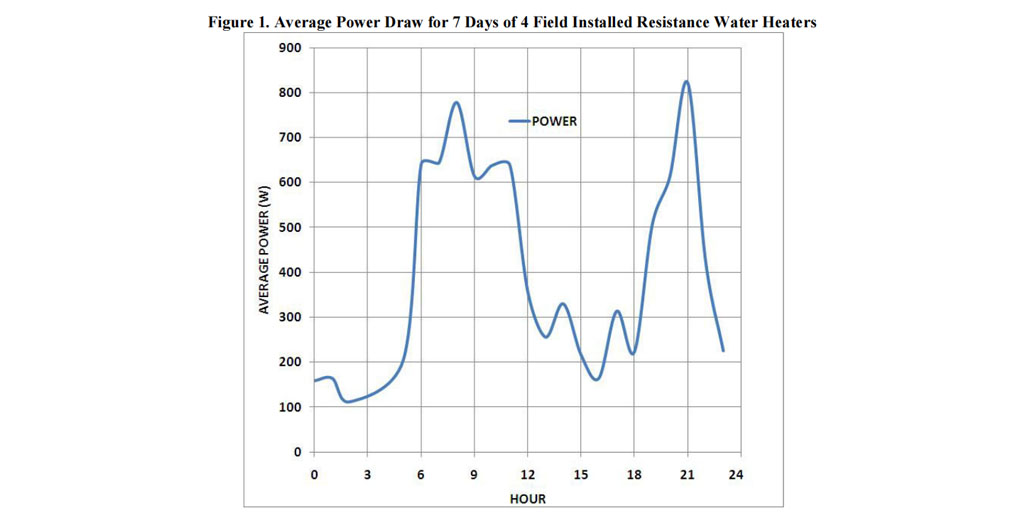
Evite horários fora do pico:
Defina o temporizador do gêiser como desligado durante os horários em que a demanda de água quente é baixa, como no meio do dia ou tarde da noite (fora dos horários das 7h às 9h e das 18h às 21h). Isso evita o consumo desnecessário de energia.
Experimente e ajuste:
Monitore seus padrões de uso de água quente e ajuste as configurações do temporizador do gêiser de acordo. Com o tempo, você encontrará a programação ideal que equilibra conforto e eficiência energética.
VI. Dicas adicionais para o uso eficiente de gêiseres:
Além dos benefícios de um temporizador de gêiser, há outras medidas que podem ser tomadas para aumentar a eficiência energética do seu gêiser e reduzir ainda mais o consumo de eletricidade:
1. Isolamento do gêiser:
Considere adicionar uma manta ou jaqueta isolante para o gêiser. Isso ajuda a reter o calor, reduzindo a necessidade de o gêiser reaquecer a água constantemente. Isso é particularmente eficaz em climas mais frios, onde a temperatura ambiente pode afetar o desempenho do gêiser.
2. Manutenção regular:
Faça verificações regulares de manutenção em seu gêiser. Certifique-se de que ele esteja livre de acúmulo de sedimentos, pois isso pode afetar sua eficiência. A lavagem periódica do tanque pode ajudar a manter o desempenho ideal.
3. Educar os membros da família:
Incentive o uso responsável de água quente entre os membros da família. Hábitos simples, como tomar banhos mais curtos e evitar o uso desnecessário de água quente, podem contribuir significativamente para a economia de energia.
VII. Estudos de caso ou histórias de sucesso:
Exemplos da vida real podem fornecer informações valiosas sobre os benefícios tangíveis do uso de um temporizador de gêiseres. Vamos explorar alguns estudos de caso que destacam indivíduos ou residências que conseguiram reduzir suas contas de eletricidade com a adoção de temporizadores de gêiseres.
Estudo de caso 1: A família Smith
A família Smith instalou um temporizador programável para o gêiser e ajustou as configurações de acordo com sua rotina diária. Em poucos meses, eles notaram uma queda significativa em suas contas de eletricidade sem comprometer a disponibilidade de água quente. O timer permitiu que eles personalizassem o cronograma de operação do gêiser, garantindo que ele funcionasse somente quando necessário.
Estudo de caso 2: Vida com consciência ecológica
Um grupo de pessoas com consciência ambiental decidiu adotar práticas de eficiência energética, incluindo a instalação de temporizadores de gêiseres. Ao combinar os temporizadores com o isolamento dos gêiseres e a manutenção regular, eles conseguiram uma redução notável em sua pegada de carbono coletiva e nas despesas com energia.
VIII. Conclusão:
Concluindo, a incorporação de um temporizador de gêiser em sua casa é uma maneira prática e eficaz de economizar eletricidade, reduzir as contas de serviços públicos e contribuir para a conservação ambiental. Compreendendo os benefícios, instalando corretamente o timer e otimizando suas configurações, é possível encontrar um equilíbrio entre conforto e eficiência energética.
Como um dos fabricantes chineses de temporizadores de gêiseres, Lorentzzi pode produzir vários tipos de temporizadores de gêiseres. Nossos temporizadores de gêiseres incluem temporizadores mecânicos, como SUL181D, TB388temporizadores digitais, como CN101A, THC30A, THC15Aetc.


